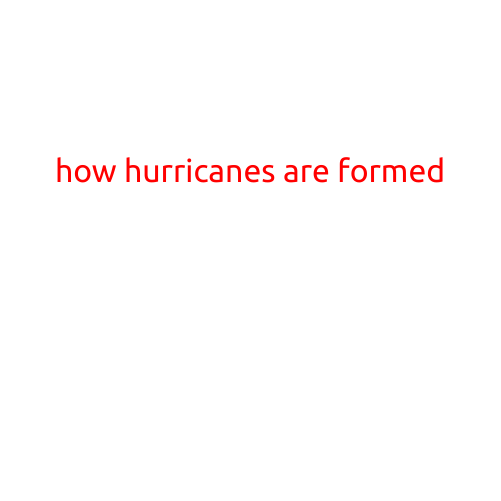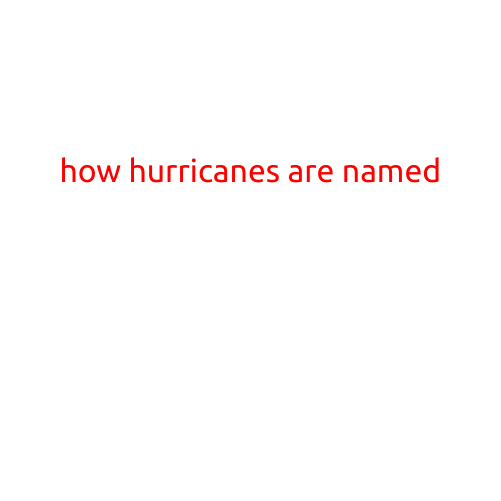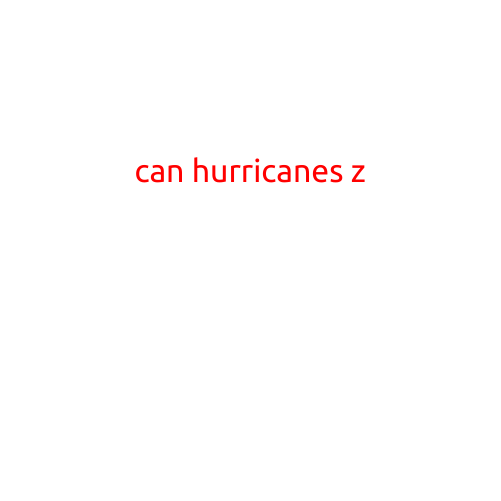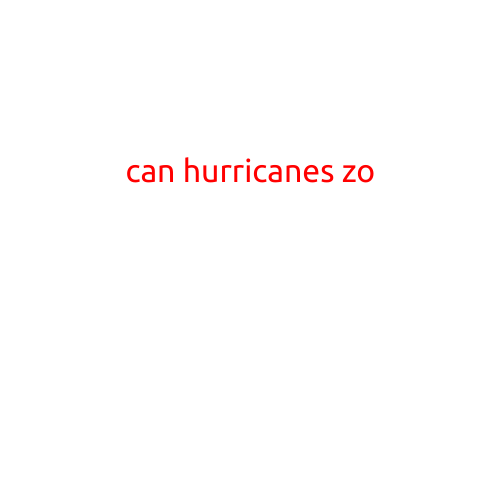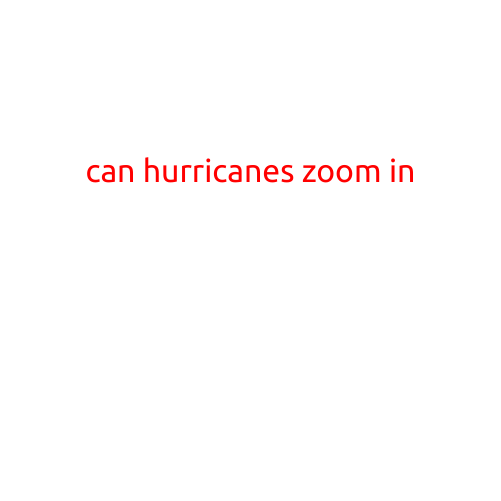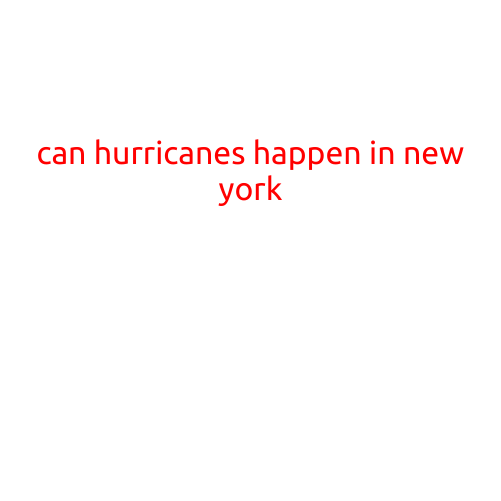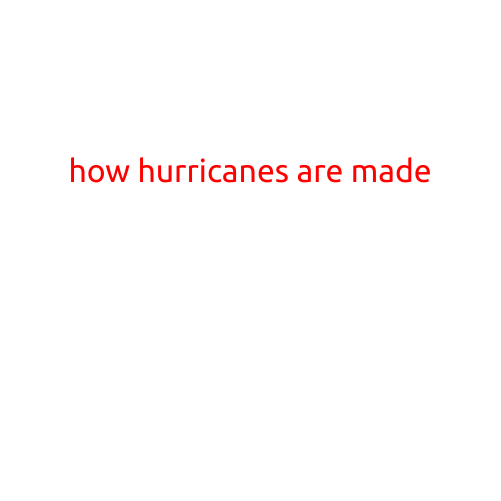
How Hurricanes Are Made
Hurricanes are powerful tropical cyclones that form over the warm waters of the Atlantic Ocean, Pacific Ocean, and Gulf of Mexico. These storms can bring catastrophic winds, heavy rainfall, and storm surges, causing significant damage and loss of life. But how are these massive storms created? In this article, we’ll explore the process of how hurricanes are made.
The Formation of Hurricanes
Hurricanes are formed when a combination of atmospheric and oceanic conditions come together to create a favorable environment. The process begins with the formation of a disturbance in the atmosphere, typically near the equator. This disturbance is known as a tropical wave, which is a band of clouds and thunderstorms that moves westward across the ocean.
To become a hurricane, the tropical wave must satisfy certain conditions:
- Warm Ocean Waters: Hurricanes need warm ocean waters (at least 26.5°C or 80°F) to a depth of about 50 meters (164 feet) to form and maintain their strength. These warm waters heat the air above them, causing it to rise and create an area of low pressure.
- Moisture: Hurricanes need ample moisture in the atmosphere to sustain the storm. This moisture is generated by the warm ocean waters and fuels the development of clouds and thunderstorms.
- Low Pressure: A low-pressure system must form over the warm ocean waters, which allows the air to rise and create an area of rotation.
- Wind Shear: Wind shear, which is a change in wind direction and speed with height, must be low to allow the storm to develop and maintain its rotation.
- Instability: The atmosphere must be unstable, which allows cold air to rise and create towering thunderstorms.
The Life Cycle of a Hurricane
Once the conditions are favorable, the tropical wave begins to develop into a tropical depression. A tropical depression is a rotating system of clouds and thunderstorms with sustained winds of 38 mph (61 km/h) or less.
As the tropical depression continues to strengthen, it becomes a tropical storm, characterized by sustained winds of 39-73 mph (63-118 km/h). If the storm continues to strengthen, it becomes a hurricane, defined by sustained winds of 74 mph (119 km/h) or higher.
The life cycle of a hurricane typically consists of three stages:
- Tropical Pacific Stage: The storm develops over warm ocean waters and begins to strengthen.
- Tropical Cyclone Stage: The storm reaches its maximum intensity and begins to move towards land.
- Landfall Stage: The storm makes landfall, bringing strong winds, heavy rainfall, and storm surges to the affected area.
The Impact of Hurricanes
Hurricanes can have devastating impact on coastal communities, causing:
- Strong winds and storm surges, which can lead to flooding and damage to buildings and infrastructure
- Heavy rainfall, which can lead to flash flooding and landslides
- Power outages, which can disrupt communication and essential services
- Loss of life and displacement of people
In conclusion, hurricanes are complex storms that require a combination of atmospheric and oceanic conditions to form and maintain their strength. Understanding the process of how hurricanes are made is crucial for predicting and preparing for these powerful storms, which can have significant impacts on coastal communities.
